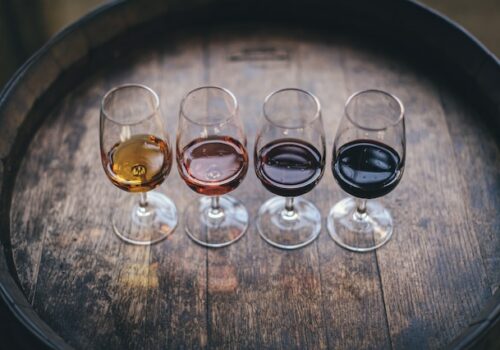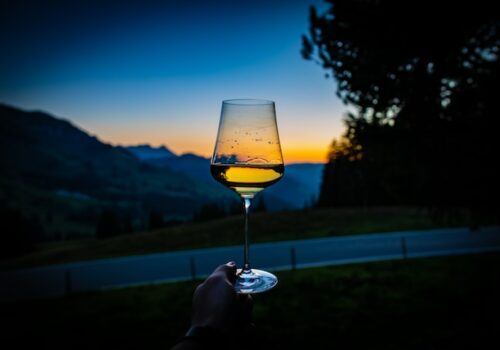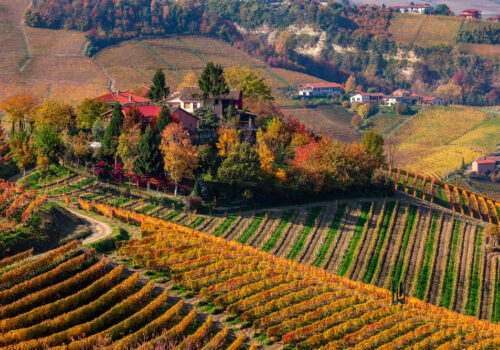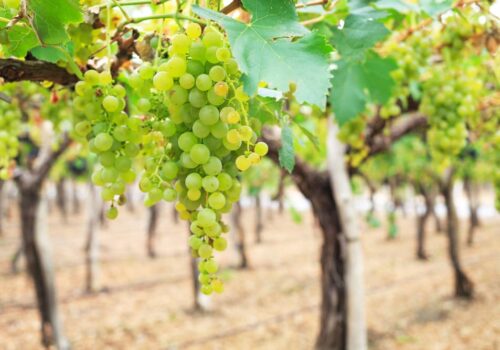History of sangria, Spain’s most popular drink
Among the national drinks of Spain, sangria is the most significant and recognizable. It is sangria that surpasses in popularity sherry, Spanish liqueurs (of which, it must be said, there are many), and sometimes even wine. This drink is associated with Spain, like the bull, the dress in polka dots, the Spanish dance and the toreador. Along with the popularity that sangria has within the country, it is worth noting the popularity outside the country: sangria is in the greatest demand on the international market. Only a drink produced in Spain and Portugal can be called sangria.
Contrary to a common misconception, sangria is not officially a cocktail, because it is a drink that came out of Spanish homes, it was created by the people, not the bartender. It is also believed that the recipe for sangria lacks firmness, but the classic combination still exists: it is red wine, pieces of fruit, soda, a little bit of spirits (usually brandy or liqueur) and sugar. However, sangria can often be made with white wine, cava (common in Catalonia), and even cider (common in Asturias). As a strong drink, however, apple liqueur, martinis, Quantro, etc. are used.
History
The name is closely related to the Spanish word “sangre”, which means “blood”. This is how the color of the drink was described, and from this we can conclude that from the beginning sangria was made from red wine.
The history of the drink goes back to the colonization of the Americas. It is known that sangria was common in Ecuador and also in the Antilles when they were British colonies. In Argentina and Paraguay sangria has been consumed since the second half of the XIX century.
Previously, in the XVIII century, the Dictionary of the Castilian language said that sangria is a drink invented by the British, and it is common in the British and French colonies of the Americas. In Spain, the consumption of sangria became widespread in the mid-nineteenth century.
There is an opinion that the English name “sangari” is closely related to sangria, but it is not a fact, because sangari and sangria are two different drinks. It is also very likely that sangria is sometimes mistaken for a cocktail, mistaking it for sangari, which is precisely a cocktail.
Recipe
As already mentioned, the classic sangria recipe is based on the following ingredients: red wine, baking soda, a little strong drink like brandy, fruit, and sugar. Theoretically, you can choose any red wine, but it is recommended to look for a young, fruity red. It doesn’t matter if the wine is high in tannins, the taste will be softened by blending. The same applies to the strength – you should not be afraid to use a rather strong wine.
- If you wish, you can replace red wine with white wine, but such a drink will have a different name: clarea. Also a distinctive feature of this type of sangria is the use of cinnamon.
- Cava-based sangria is often found in Catalonia. If such sangria is prepared, it is customary to specify: sangrìa de cava.
- If you want to try a recipe common in Asturias – sangria based on cider – then such sangria will be called sangrìa de sidra.
Traditionally seasonal fruits are used for cooking. It is better to choose peach, apricot, pear, apple and banana. Lemon and orange, unlike the rest of the fruit, which is simply chopped and added to the drink, are squeezed.
Sugar is added a little, preferably in the form of syrup – so that it is easier to stir and distribute evenly. As for spices, this ingredient is not part of the classic sangria, and there are clearly not many fans of this addition. However, if desired, you can add your favorite spices. The water can be added at the last moment, i.e. after the drink has been infused. As an integral part of making sangria is the infusion process. Often plain carbonated water, or lemon or orange water, including tonic water, is used.
We are used to the fact that the addition of spirits is an integral part of the recipe, but there is an opinion that this detail is more characteristic of another drink whose name is zurracapote. As far as we know, zurracapote is a drink popular in Rioja, it differs from sangria in the way it is made, and it has many recipes and great popularity in this region.
Due to the fact that the classic recipe of sangria somehow or other contains an indication of a small amount of strong drink, you should not neglect this nuance. You can choose from Triple sec liqueur, brandy, vermouth and cognac.
Serving and peculiarities
Traditionally sangria is served with ice in a clear glass pitcher. Such a jug has a special shape: when the drink is poured, the pieces of fruit and ice must be retained and remain inside the vessel, while the liquid part is poured out. The sangria is stirred with a long wooden spatula (or metal spoon) that is placed inside the pitcher.




